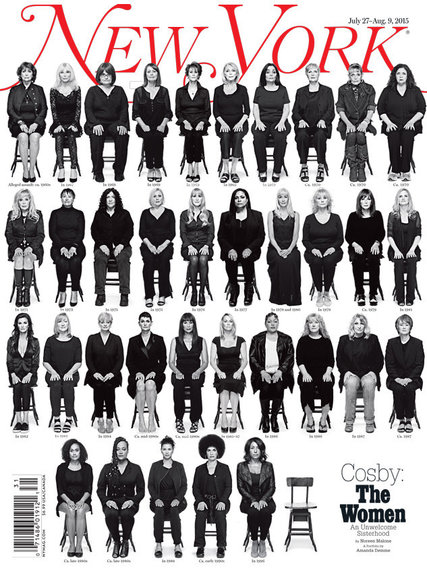Story Telling In The New Media Age
Such a powerful image: thirty five women, beautifully photographed in black and white; sitting unapologetically in front of the camera. The image represented a bold and unquestioning stance by the magazine’s editorial team that challenged long-held perceptions of a TV and entertainment icon, Bill Cosby.

There was much that fascinated me in this story. The bravery of the women involved is without question but also the editorial position that led to New York magazine running this story in the way that made it so much more than simply that cover image. This is a story of our time, of how six months of investigative journalism alongside clever content development created a depth of reporting unimaginable for previous generations. Like the New York Times and The Guardian, New York magazine has fully grasped the potential of a fully digital media environment. Every story had a video, photo and reportage lending itself to the content being shared across all of its sites including Twitter, Facebook and, Tumblr.
It was this use of social channels that proved to be one of the most interesting aspects of this story. On the day of the cover launch the website crashed. Some suggested it had been hacked, others blamed a technical fault due to the volume of traffic. Whatever it was behind the crash, the level of chatter and supporting content that surrounded the image, meant the story continued to run.
For me the story underlies a fundamental truth of the new media age and something many companies would do well to learn from. A powerful image only tells a part of the story. Good content has to be more than a clever visual or piece of video: it should be part of a bigger story; it should take time to develop and, ultimately, it should be part of a deeper conversation that will live long after the image has been archived.
Stephanie Bailey, Head of Corporate
Find Out More
-
Platinum CMS Award
March 13, 2024
-
Changing Communications Tack at Mobile World Congress
February 21, 2024


